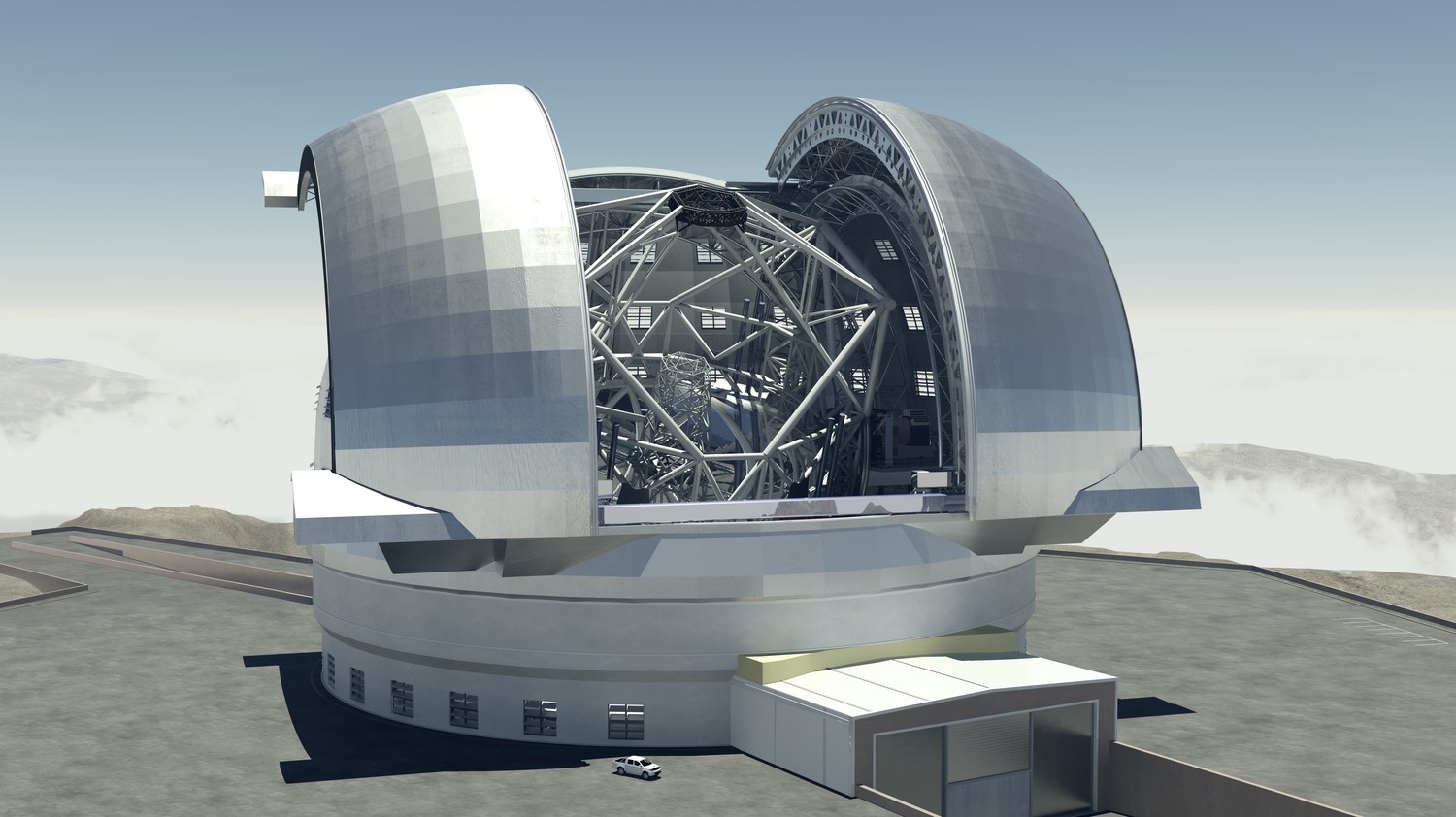Astronomy is a Blast
Half a million tonnes of rock were blown off the top of a Chilean mountain this week, all in the name of science!
week, all in the name of science!
Cerro Armazones stands about 3000 metres above sea level (or possibly slightly less now!) and is to be the home for what has been dubbed "the world's biggest eye on the sky".
Known officially as the ELT - or extremely large telescope - it will be a massive 40 metre optical and infrared device capable of returning images 15 times richer in detail than the Hubble space telescope. Funded by a consortium called the European Southern Observatory, the telescope will take 10 years to assemble and come with a price tag of about $2 billion.
Whilst this sounds expensive, "spread over the lifetime of the telescope, and divided amongst all of the member states in the consortium, it's not too bad," says Oxford astrophysicist Isobel Hook, one of the project leads.
The 40-metre wide mirror at the heart of the telescope will actually be built from hundreds of smaller hexagonal mirrors tesselated together and all capable of being independently precision-adjusted to achieve razor-sharp focusing as the telescope moves, or responds to changes in local temperature and weather.
The incredible optical power returned by the telescope's huge light-collecting surface means that researchers anticipate being able to snap images of Earth-sized planets orbiting distant stars and even see back in time to a point within just a billion years or so of the Big Bang when the Universe began.
"We'll be able to capture light spectra from distant galaxies and use this to see spots of light corresponding to the positions and movements of individual stars within those galaxies," says Hook.
Chile was chosen as the best place to build the new telescope owing to the clear, crisp, dry air present at such high altitude. "The telescope will also employ cutting-edge adaptive optics, meaning that it can compensate for the effects of looking through the atmosphere to produce very clear images even of very dim and distant objects."
- Previous Is renewable plastic pulp fiction?
- Next Go bananas for vitamin A




Comments
Add a comment